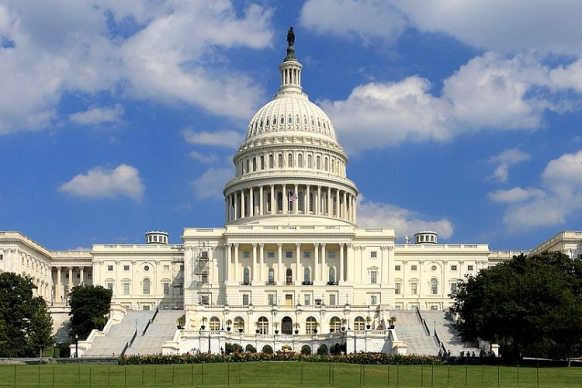
About The Lumbini Museum
Lumbini is a Buddhist pilgrimage site in Nepal and, according to the Buddhist tradition, was the birthplace of Siddhartha Gautama Buddha around 563 BC. The site of the museum is now a UNESCO World Heritage Property.
The Lumbini Museum history
A pillar found at Rupandehi in 1896 by General Khada Samsher Rana and German Indologist Alois Anton Führer, was believed to mark the spot of a visit to Lumbini from Ashoka, a great Indian emperor who ruled almost all of the Indian subcontinent from c. 268 to 232 BC. The inscription on the pillar described the purpose of Ashoka’s visit to Lumbini was to see the Buddha’s birthplace.
In the early 1970s, award winning Japanese architect, Kenzō Tange, was commissioned by an international committee to create a ‘Master Plan’ for Lumbini. His vision was to make Lumbini a site for people to imagine world peace, reflecting Buddha’s message and journey towards enlightenment. The Lumbini Museum was positioned with the International Research institute at the Sacred Garden’s entrance: starting place of the pilgrim’s journey.
The museum’s distinctive curved shape was a combination of Tange’s modernism and traditional Japanese style, which aimed to incorporate buildings into the natural environment and reflect the identity of the users.
The Lumbini Museum today
The museum is located at the entrance to the Sacred Garden Area of Lumbini, Nepal’s most iconic archaeological, cultural and spiritual site. The exhibition about the life of Gautama Buddha is spread throughout several rooms, including artefacts, statues, photos and other significant Buddha iconography. One section of the museum displays traditional dress and ceremonial wear which have been influenced by Lumbini culture.
While the museum has limited signage, work is currently ongoing to develop the current museum into a contemporary learning site by 2022. You can stop to admire Tange’s museum which looks particularly stunning reflected in the pool in front. Be advised the complex is large – it takes 40 minutes to walk between the entrance and Maya Devi Temple, which can be uncomfortable in the Nepalese summer heat. Wear comfortable shoes that are easily removable for entering sacred sites.
Getting to the Lumbini Museum
The journey from the Indian border town Sonauli to Lumbini is a bumpy 40 minute drive. Wherever you drive from, it’s a 5 minute walk from the Lumbini Bus Park to the museum. If you’ve flown into Kathmandu, Nepal’s international airport, getting to Lumbini requires an 8 hour car journey.
Featured In

Nepal Historic Sites
Effectively hidden from the western world until the 1950s, Nepal is a country which is full of astoundingly well-preserved and detailed historical sites. Here's our pick of 5 of the best worth visiting.





















